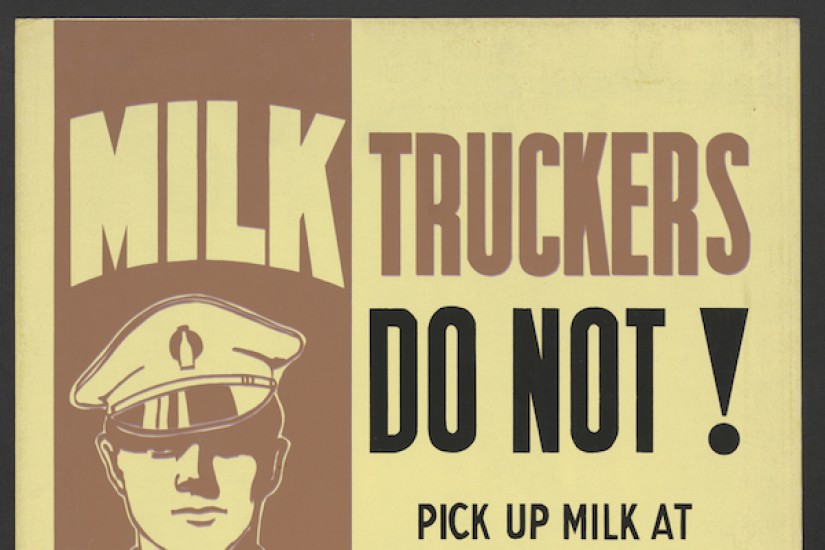How did we go from the miseries of the past to our current expectation of long and healthy lives? “Most people credit medical advances,” says David Jones, a medical historian at Harvard—“but most historians would not.” One problem is the timing. Most of the effective medical treatments we recognize as saving our lives today have been available only since World War II: antibiotics, chemotherapy, drugs to treat high blood pressure. But the steepest increase in life expectancy occurred from the late 1800s to the mid-1900s. Even some dramatically successful medical treatments such as insulin for diabetics have kept individual people alive—send in those #NotDeadYet stories!—but haven’t necessarily had a population-level impact on average lifespan. We’ll examine the second half of the 20th century in a later story, but for now let’s look at the bigger early drivers of the doubled lifespan.
The credit largely goes to a wide range of public health advances, broadly defined, some of which were explicitly aimed at preventing disease, others of which did so only incidentally. “There was a whole suite of things that occurred simultaneously,” says S. Jay Olshansky, a longevity researcher at the University of Illinois, Chicago. Mathematically, the interventions that saved infants and children from dying of communicable disease had the greatest impact on lifespan. (During a particularly awful plague in Europe, James Riley points out in Rising Life Expectancy: A Global History, the average life expectancy could temporarily drop by five years.) And until the early 20th century, the most common age of death was in infancy.
Clean water may be the biggest lifesaver in history. Some historians attribute one-half of the overall reduction in mortality, two-thirds of the reduction in child mortality, and three-fourths of the reduction in infant mortality to clean water. In 1854, John Snow traced a cholera outbreak in London to a water pump next to a leaky sewer, and some of the big public works projects of the late 1900s involved separating clean water from dirty. Cities ran water through sand and gravel to physically trap filth, and when that didn’t work (germs are awfully small) they started chlorinating water.
